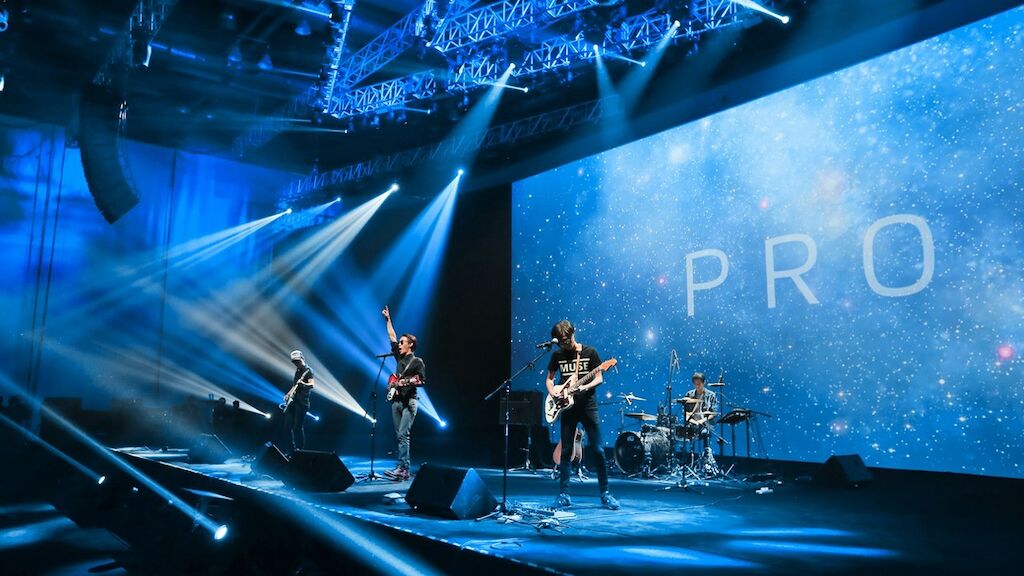Crafting a brand that stands out in the increasingly crowded smartphone market can be challenging. Sally Anderson and Jana Xing, creative director and senior designer at MetaDesign Beijing, discuss the new identity they developed for MEIZU.
JWK: Many people outside of China aren’t too familiar with the MEIZU brand. Can you tell us a bit more about who they are, what they do, and for how long they have been working with MetaDesign Beijing?
JX: MEIZU is a young tech startup from Zhuhai in southern China that creates smart hardware. They started in 2003 as a producer of MP3 players before launching their first smartphone in 2008. It was an immediate hit and earned them a loyal following among local enthusiasts. We started working with them a few years thereafter, following a creative pitch in 2013.
JWK: Out of interest, what does the name MEIZU mean?
JX: The company hasn’t really come out with an official translation, but the first character mèi (魅) means “magic” or “charming,” while the second character zú (族) means “group” or “clan.” So, when combined, you could say the name suggests a “charming group,” and refers both to the company itself and the people who use their products. In fact, this shines through in their product tagline: For the lovely ones.
JWK: How would you describe the MEIZU brand before you started working with them in 2013?
SA: When we first started working together, MEIZU had a brand identity that was largely that of a hardware developer. They were bright, young, and colorful, but appeared desperate to attract attention. Their image didn’t reflect their design philosophy or the quality of their products, so it was the right time for us to work with their team to develop a more mature brand identity.



